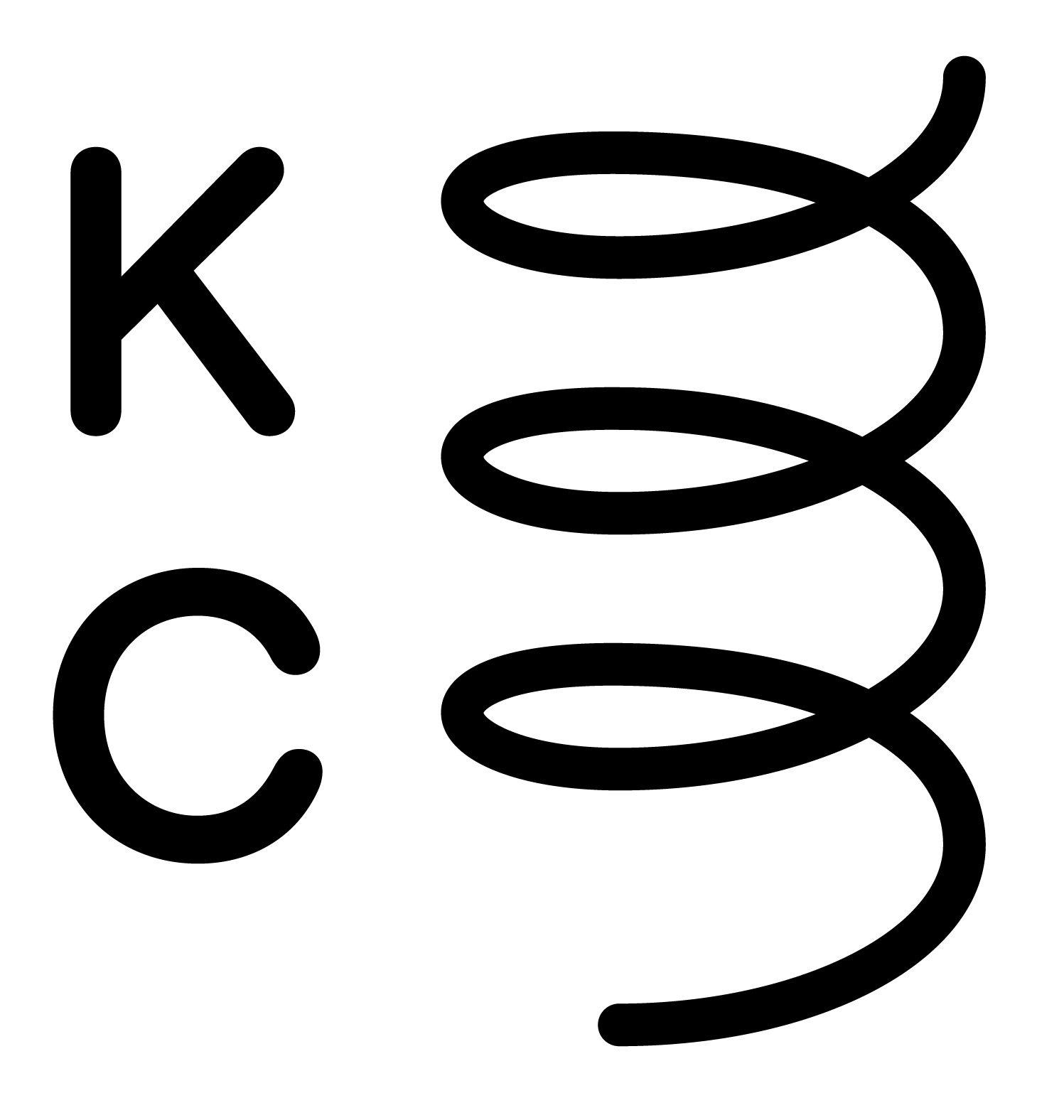

Louis Michel Eilshemius and Marcel Duchamp
20 March – 22 June
LOUIS MICHEL EILSHEMIUS UND MARCEL DUCHAMP
20.3.–22.6.2025
The KBCB has received a major donation of almost 500 books for its library. They belonged to Stefan Banz (1961-2021) and are devoted exclusively to the artist Marcel Duchamp (1887-1968). For several years, Banz and his partner Caroline Bachmann devoted themselves to an impressive project based on Duchamp’s last work, Étant donnés: 1° la chute d’eau, 2° le gaz d’éclairage... (1946-1968). It all started with a discovery: the waterfall reproduced in miniature in Duchamp’s work was modelled on the Forestay waterfall in the Lavaux region, just a few kilometres from Cully, where the couple lived. This discovery led the couple to carry out unprecedented research into the work. In 2010, this led to the organisation of an international symposium in Cully, which will be followed by a major publication. This work on the Forestay waterfall prompted Banz to take an interest in another aspect of Duchamp’s work. Étant donnés is in fact a kind of diorama to which we have access only through two small holes drilled in an old wooden door. Banz has meticulously studied what this mise en scène owes to the New York painter Louis Michel Eilshemius (1864-1941), for whom Duchamp had great admiration.
Eilshemius was a marginal figure on the New York art scene at the beginning of the 20th century. His works, which were painted almost exclusively on thick Bristol, mainly comprise female nudes and landscapes. They show the influence of the Barbizon school and Camille Corot, but also of American landscape painters such as Albert Pinkham Ryder. The quick, even rough treatment of some motifs is again reminiscent of naïve art. From 1909 onwards, Eilshemius added atypical frames to his compositions, the form of which Banz describes as “voyeuristic peepholes”. It was most probably this last aspect that fascinated Duchamp: this ambiguous relationship between the work and its viewer. When Duchamp discovered Eilshemius’ paintings in 1917, he was practically unknown. Duchamp then campaigned for his recognition and organised two first monographic exhibitions in New York in 1920 and 1924. Art critics and collectors began to take a serious interest in the work. But Eilshemius, who was undoubtedly exhausted by the failures of the previous years and became increasingly mentally unstable, gave up painting for good in 1921. Nevertheless, his works were exhibited more and more frequently in the most renowned galleries in New York. From 1932 until his death in 1941, more than thirty solo exhibitions took place.
During his research into the life of Eilshemius, Banz makes another discovery. The painter’s mother, Cécile Elise Robert, came from the La Chaux-de-Fonds region, as did the Robert dynasty of painters. Although no direct connection could be established, it is nevertheless possible that Eilshemius is a distant descendant of the famous family of painters.

